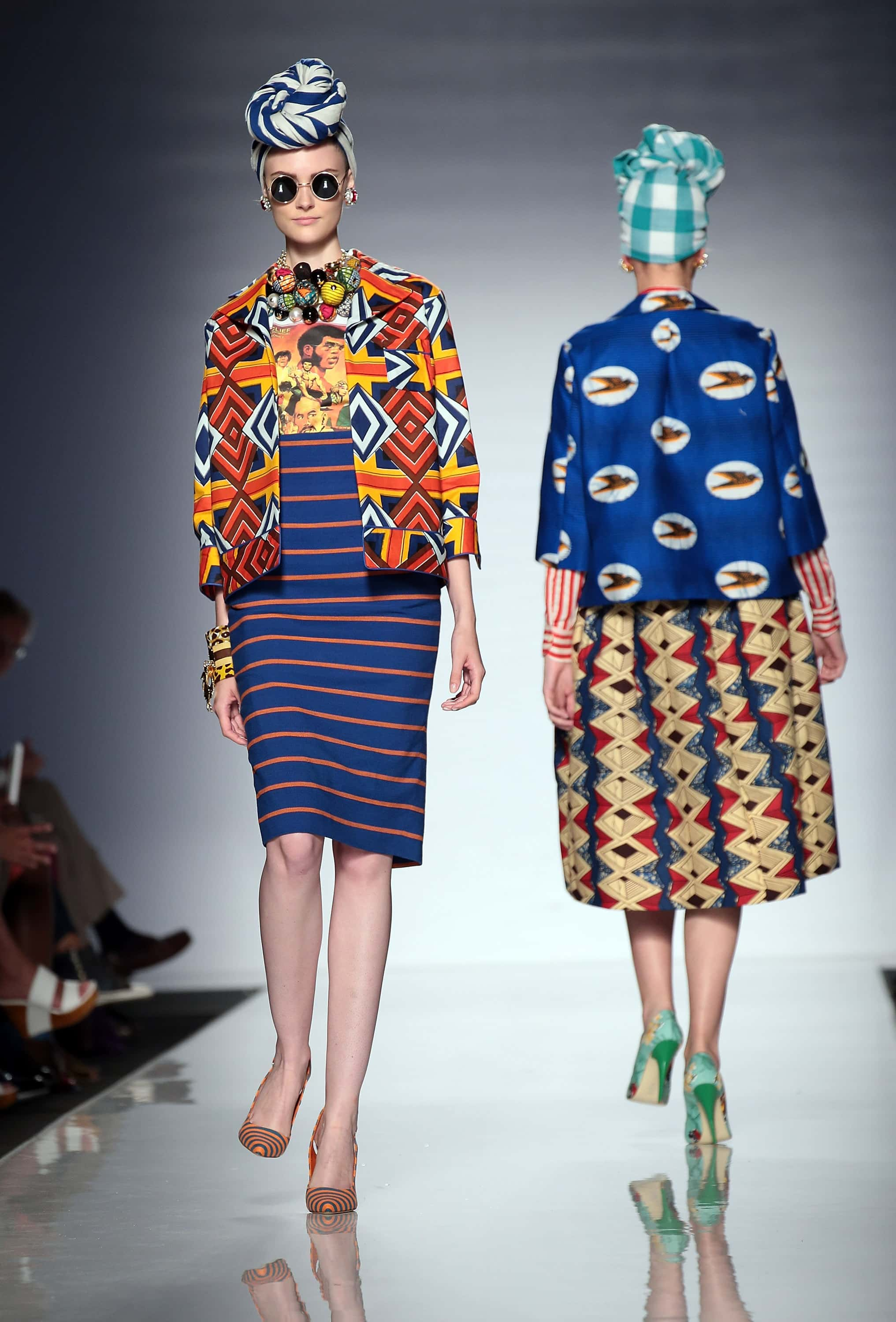Is sustainable fashion only for the rich? Four ways how you can adopt the lifestyle in an affordable manner

Fashion has assumed a crucial role as a defining aspect of lifestyle. We live in a time and age where the fashion industry is dominated by excessiveness and levity. The focus lies in producing the newest haute couture and fast fashion kindled by the rapid dynamicity in trends and styles. This, in turn, propels brands and fashion houses to produce designs to meet the novel consumer preferences at a rather alarming pace.
The fashion industry is the second highest polluting, with fast fashion at its very forefront. The term ‘fast fashion’ is commonly associated with the mainstream fashion industry. Most retailers have primarily managed to draw in consumers and maintain customer loyalty by bringing to the market the latest designer trends exhibited by models, A-listers, and fashion bloggers at fashion weeks. This is the mass production of affordable clothing that is not long-wear but gives the consumer a celebrity appeal on a satisfactory budget.
Fast fashion operates on a ‘throw-away’ culture basis in the market, encouraging the manufacturing of cheaper products underlying single-use purchases. Most people invest in clothes that have limited longevity, while others purchase clothes that never see the light of day. Contrary to fast fashion, slow fashion holds quality at its core. It is produced with the intention of being durable, sustainable, and long-lasting. They’re generally on the higher end of the economic scale because they are intended for longevity and incorporate premium quality materials or garments. It’s akin to creating timeless fashion and some elements include adopting vintage clothing, shopping from local or small markets, investing in garments that last longer, revamping used clothes, and making clothes and accessories at home. In the long run, they have a mild impact on the environment.

This is where sustainable fashion comes in. Sustainable fashion also implies being conscious of the environment and our fashion choices that could cause potential damage to the ecosphere. In addition to that, it also pertains to ethical issues surrounding garment workers' welfare. Being sustainable is trying to make the best of what we already have because waste doesn’t become waste until we waste it. And while many people desire to jump on the sustainability bandwagon, the one setback they usually face is affordability. Sustainable fashion means investing in quality, and quality comes with a price, so it just for the rich? While many are in the position to splurge a little more on quality clothing, others would rather opt for fast fashion because its cheaper. Here are four efficient ways to switch to the sustainability lifestyle, and save some money.
Capsule Wardrobe

‘Capsule Wardrobe’ is a term used to describe a wardrobe that comprises of only selected pieces of clothing that mesh well and coordinate with each other to form several outfit combinations. By adopting a minimal closet, you can easily reduce the negative impact that clothing has on the environment. It is sustainable since you only have a limited amount of clothes in your closet, that you can wear over and over again. It fosters a lifestyle of conscious purchases that centers around needs rather than wants. This means less consumerism, lesser clothing sent to landfills every year, and a decline in greenhouse gases caused by the decomposition of some biodegradable fabrics.
30 wears test

Wearing your clothes to the end of their wardrobe life can be the most efficient way of being sustainable. Livia Firth’s 30 wears campaign has gone viral as an ingenious method of being conscious of the clothes you buy. The intention is to reflect on the benefit of a brand new purchase as something you wear for a minimum of 30 times. If the answer is yes, it unites with your wardrobe. If not, then you don’t really need it, anyway. The aim of this test is to invest in more versatile and long-lasting clothing, that you are sure is worth more than a single-use. In this way, you learn about yourself, your style, what suits you best, and also gives you the opportunity to put your ethics into practice. You make informed choices, which is always better than buying things blindly off the shelf. But most importantly, you’re giving your clothes profound meaning.
Care for your clothes

This truly goes without saying. Of course, good quality and high-end branded clothing usually last long, but that doesn’t mean you can’t try to extend the wardrobe life of the clothes you already own. Taking proper care of your clothing will result in you saving money for not having to buy new clothing too often. Many apparels come with care instructions that you could follow. Try to wear your clothes more than once before you launder them. By washing and drying your clothes often, you are not only jeopardizing the lifespan of your clothing but you’re also contributing to the global carbon footprint. Also consider air-drying your clothing, rather than machine-drying.
Mend your style

Stitching or sewing is undoubtedly a sustainable and extremely useful skill to imbibe. When you find a rip in your clothing or any damage that can be easily repaired, try to sew it back together or get it tailored. Similarly, with other items of fashion, you can try to fix something that’s broken or seek professional help. It doesn’t always have to be an excuse for you to make new purchases.










